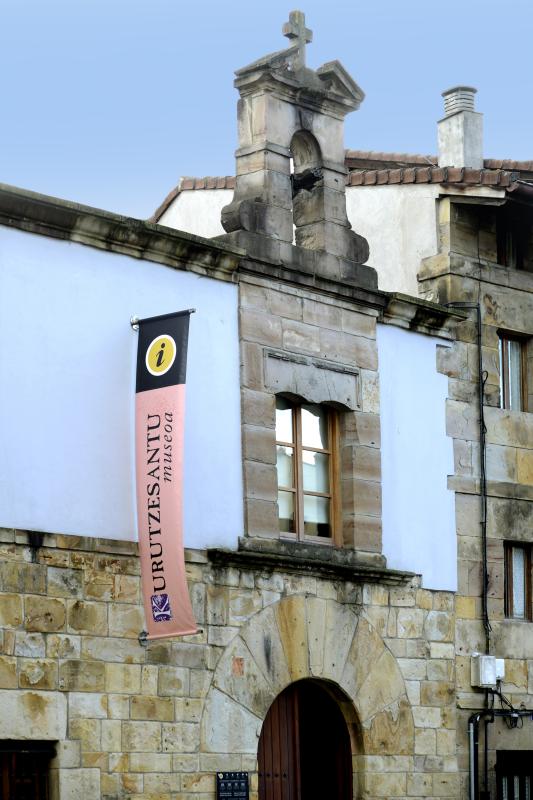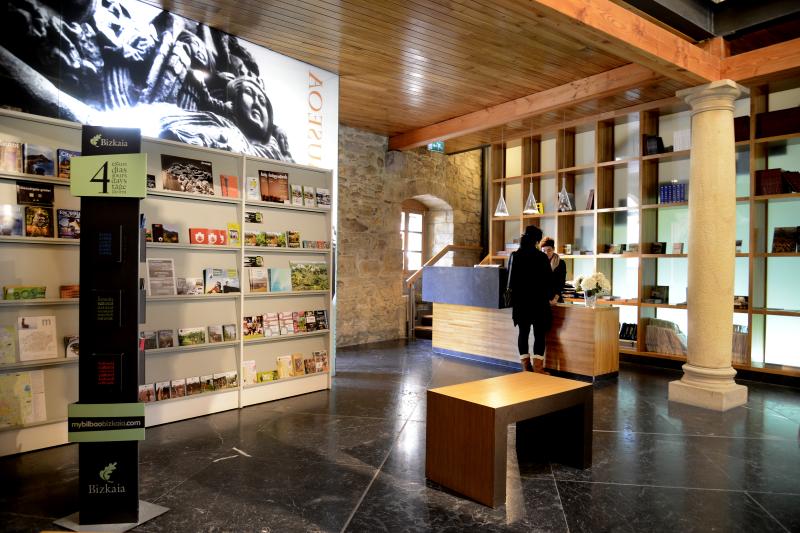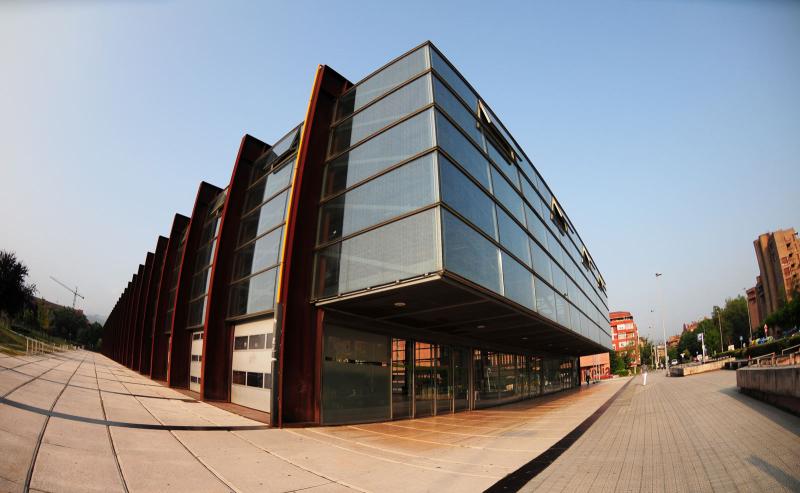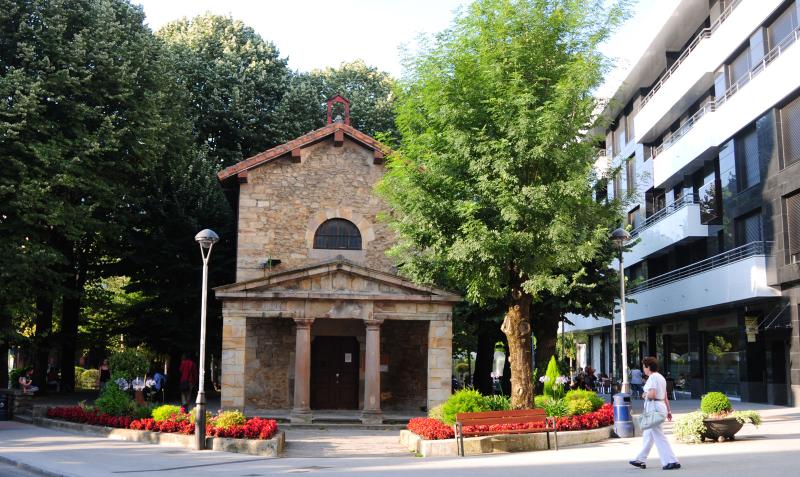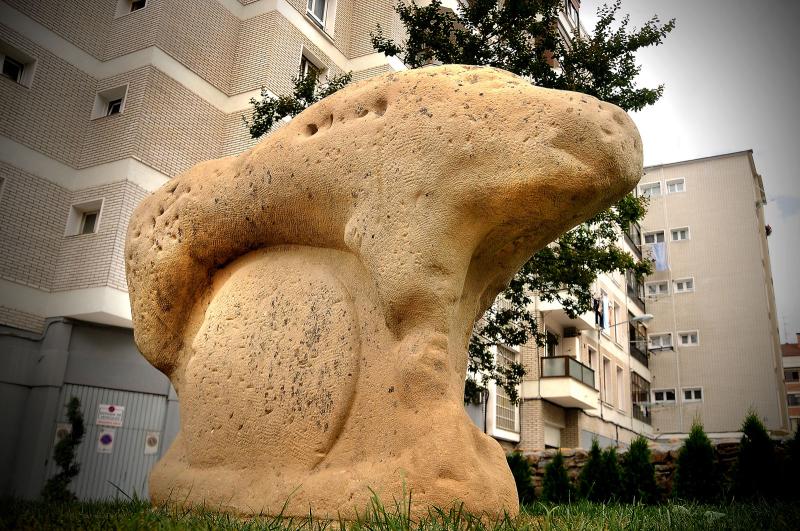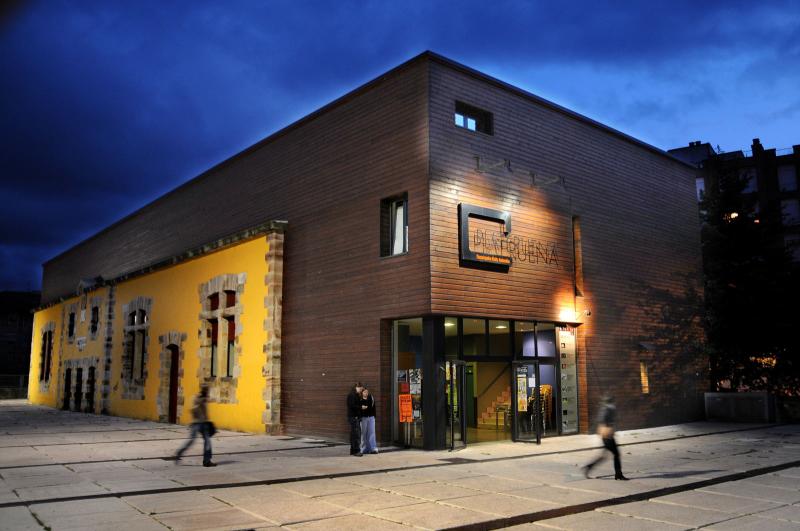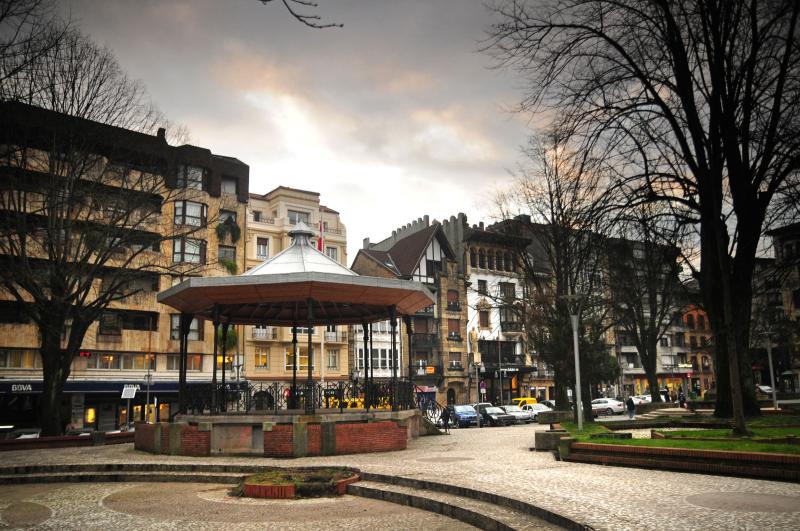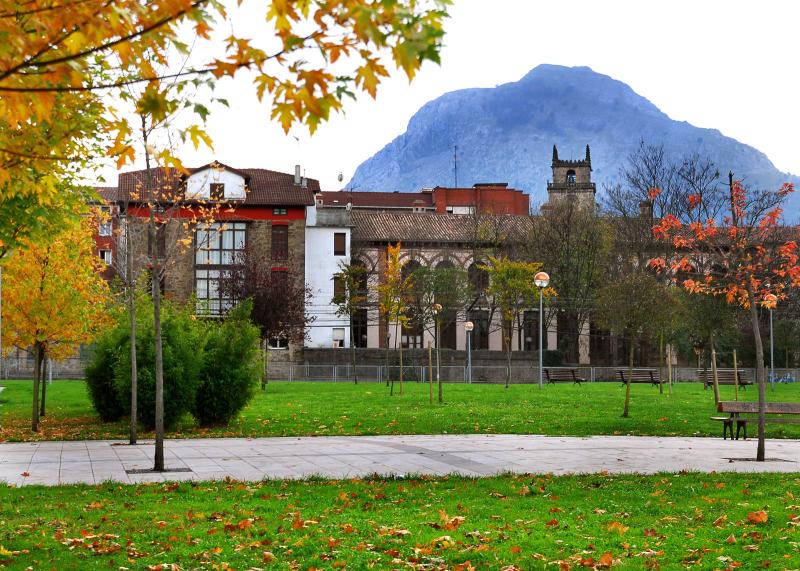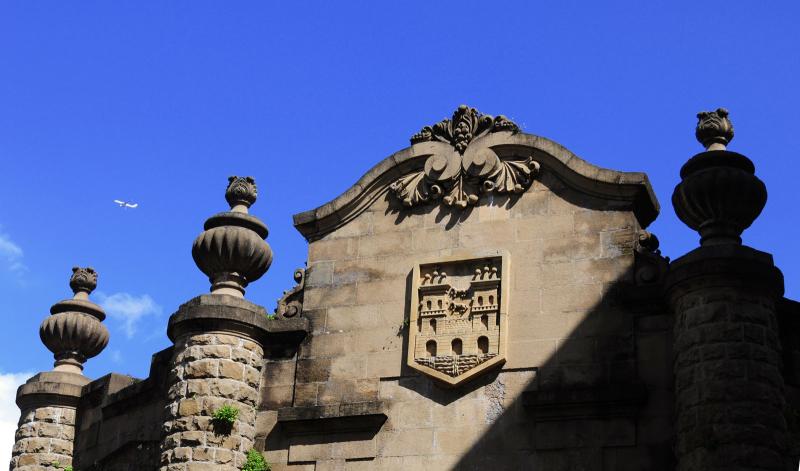The Tourist Office is located in the Kurutzesantu Museum. ![]()
| ORDUTEGIA / HORARIO / TIMETABLE / HORAIRE | |||||||
|
| Astelehena | Asteartea | Asteazkena | Osteguna | Ostirala | Larunbata | Igandea |
| Lunes | Martes | Miércoles | Jueves | Viernes | Sábado | Domingo | |
| Monday | Tuesday | Wednesday | Thursday | Friday | Saturday | Sunday | |
| Lundi | Mardi | Mercredi | Jeudi | Vendredi | Samedi | Dimanche | |
|
| 10:00-14.30 | 10:00-14.30 | 10:00-14.30 | 10:00-14:30 | 10:00-14:30 | 10:00-14:30 | |
|
|
| 16:00 - 18:30* | 16:00 - 18:30* | 16:00 - 18:30 | 16:30 - 18:30 | 16:30 - 18:30 | |
| * Goi sasoia: Aste Santua + ekainaren 15etik irailaren 15era + Durangoko Azoka | |||||||
| * Temporada alta: Semana Santa + 15 de junio a 15 de septiembre + Durangoko Azoka (puente diciembre) | |||||||
| * High season: Easter + from 15 june to 15 septembre + Long weekend 6 - 8 december | |||||||
| * Haute saison: Pâques + du 15 juin au 15 septembre + Pont 6 - 8 décembre | |||||||
The Museum houses the Cross of Kurutziaga, a cross of outstanding gothic beauty that has merited the status of Historic Artistic Monument.
The Cross of Kurutziaga dates from the late XV century or early XVI century.
This cross tells a story, beginning at the lower part of the column, which represents Sin and Retribution. Then rising to the capital, which represents the Church and the Gospel, arriving at the crosspiece, representing Redemption, that is to say, the message of Pardon and Salvation; Hope.
It is of gothic style with a clear Flemish, German influence. It would appear that whoever sculpted it was perfectly in tune with the artistic trends of that era.
There are several versions of the exact meaning of the Cross. The most commonly-held belief is that it refers to the heretics of Durango. However, certain historians maintain its relation to the brotherhood and chapel of Vera Cruz, while others point to a quite different function, that of marking a boundary.

